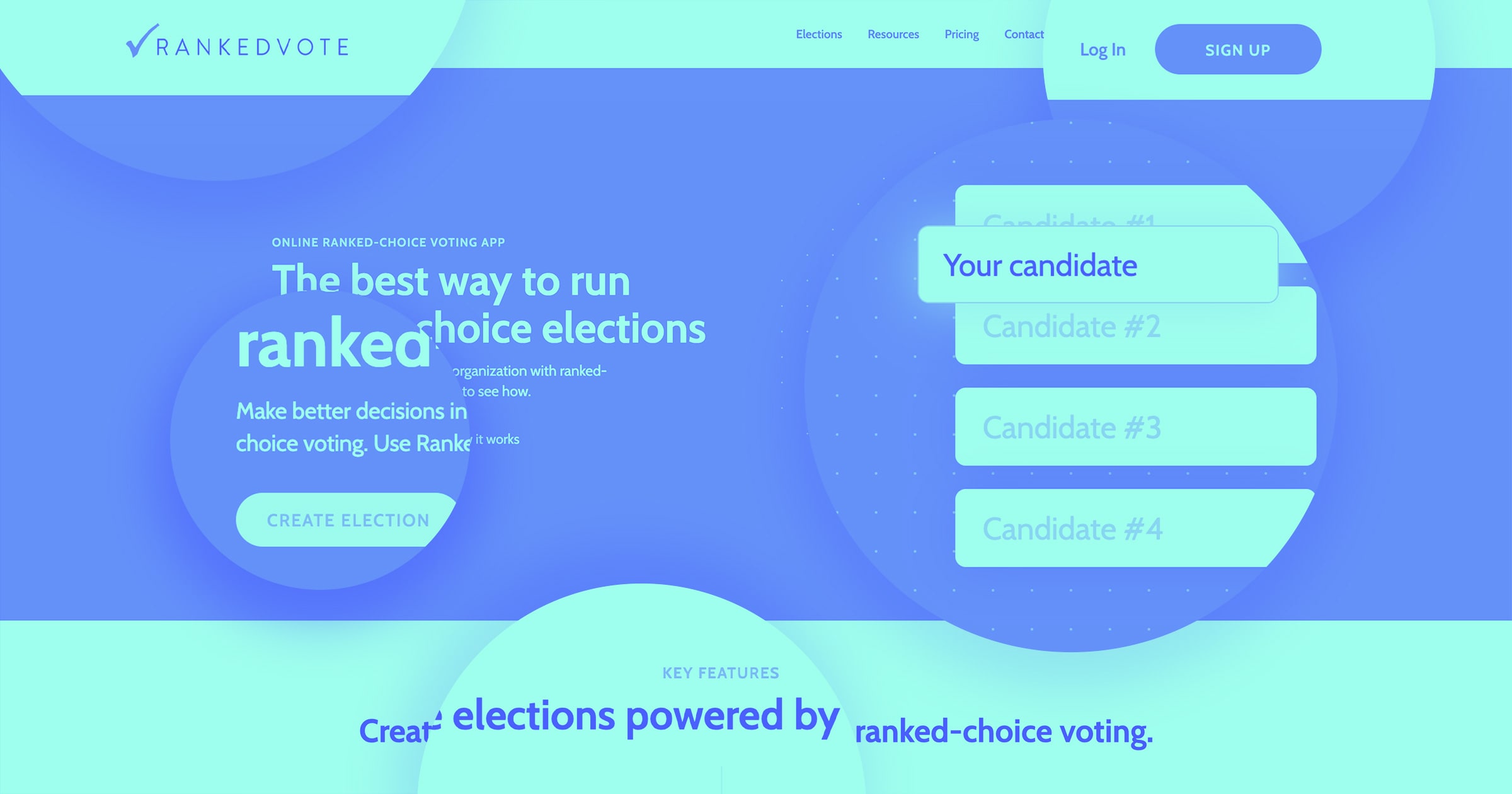Launching a prototype and evaluating initial feedback establishes its value for further investment.
Aiming for perfection from the get-go can be time-consuming, financially draining, and immensely challenging. Envisioning the ideal product or service is one thing, but achieving it is another — especially when you can’t gauge success until public launch.
Here, the minimum viable product (MVP) emerges as a practical solution for businesses to launch their products and services. This approach stems from the Lean startup model developed by Eric Ries, and focuses on efficiency, optimal resource deployment, and iterative improvements. This methodology values progress over perfection by improving products based on feedback over time. By building an MVP, you progressively refine your offerings, reduce risks, and maximize the likelihood of sustained success.
What is a minimum viable product, and what is its purpose?
A minimum viable product (MVP) is a simplified version of your product that you continuously improve through user feedback and revisions. It delivers the core functionality of your idea and lets you innovate without stretching resources thin. This approach allows you to validate ideas and directly tap into user feedback for refinements.
Consider this example: Envisioning a new social media platform with features like video content, group chats, and communities might seem ambitious. Developing this fleshed-out site would burn through funds and run the risk of falling flat with users.
So, instead of going all out, you start with a straightforward platform offering basic functionality such as profile creation, text posting, and connecting with other users. This lets you quickly gauge whether people show interest in your prototype, collect genuine user responses, and mitigate potential risks — without breaking the bank or wasting your time.
Preparing for launch: 6 steps for building an MVP
Creating successful minimum viable products requires careful planning and execution. Here’s a step-by-step guide to help you create an attractive offering with minimal risk.
1. Idea generation
Start by finding a problem area or pain point your MVP can solve. It could be a common issue your target audience regularly experiences, like a time-consuming task or a frequent complaint about a preexisting product in the market. Then, highlight your product’s unique value proposition and its distinct advantage over the competition. By identifying real, tangible problems and how your product solves those pain points, you validate ideas and ensure your MVP brings real value to users.
Collaborate with multiple stakeholders, including investors and department heads, to enrich this idea development process. A diverse team that pulls from a wealth of backgrounds and expertise can pinpoint and address potential issues. This holistic approach often results in a product that resonates more broadly and anticipates the multifaceted needs of its users.
2. Market research
Before beginning MVP development, you must understand your target audience and competitors — their problems and preferences will shape your product. Engage in research like market surveys, expert interviews, or competitor analysis and combine your findings with direct customer feedback to shed light on market trends and learn from similar brands’ successes and mistakes. This also helps you identify potential consumer segments.
After identifying these audiences and market gaps, capitalize on them by iterating and refining your product further. For example, if one segment values seamless integration with other apps, you might consider developing robust API integrations for your software. By doing so, you ensure your product not only fits the market, but also sets a new benchmark.
3. Feature selection
MVPs home in on core functionalities, ensuring you address problems while preventing feature and scope creep. This focused approach not only streamlines the development process but also optimizes costs by avoiding unnecessary add-ons.
To keep your MVP lean, make a list of desired features and rank them in order of importance. Distinguish between the critical must-haves and the supplementary nice-to-haves. Focusing on these vital elements ensures your MVP directly addresses user needs, thus enhancing the user experience and the product’s market relevance.
4. Product development
Crafting a successful MVP hinges on a well-planned development process. It’s crucial to assess your team’s skills, understand the scope of your MVP, and equip your team with the right tools to maximize their efficiency and output. This ensures a smoother, more effective development journey by eliminating unnecessary hurdles and learning curves while fostering a more collaborative environment.
For example, if you don’t have technical experts, visual web development platforms like Webflow streamline the web design process to create visually engaging and functional websites. Webflow and similar tools eliminate the complexities of traditional coding and come loaded with features like content management systems (CMS), seamless integrations, and powerful apps. These tools can help your team develop products matching their skill sets and the project needs while accelerating the development phase, providing a quicker route from concept to launch.
5. Testing and feedback
After building the final iteration, it’s time to test your MVP and collect feedback with real audiences. Have users interact with your product in real-world scenarios and highlight issues such as navigational challenges, feature relevance, and adoption barriers.
To harness this user feedback, observe user interactions firsthand through hands-on website user testing sessions or analytics tools such as Google Analytics or Hotjar. These tools offer insights into user behavior, page visits, bounce rates, and heatmaps, letting you pinpoint areas of interest and potential friction points. Create open communication channels and encourage testers to freely share their experiences, both positives and negatives.
After collecting this feedback, prioritize and methodically integrate responses into your product. Refining your MVP with user feedback ensures it resonates deeply and sets the stage for a successful launch.
6. Launching and monitoring
Launching your MVP to a broader audience requires preparation. A strategic launch campaign tailored to resonate with your target market can amplify your MVP’s reach and impact as soon as it goes public.
Before launching, work closely with your marketing team to create a promotional strategy. For example, if you’re targeting a younger demographic, leverage platforms like Instagram or TikTok with engaging short-form video content. For a B2B audience, consider an MVP website, webinars, LinkedIn posts, or industry-specific whitepapers. Email marketing campaigns highlighting your MVP’s unique selling points can nurture leads and spur broad interest.
After the launch, continuously monitor your MVP’s performance through analytics tools, user reviews, and feedback channels. Post-launch adjustments enhance user satisfaction by addressing problems, refining features, and tailoring experiences based on user behavior, paving the way for sustained growth and success.



















Free ebook: The no-code revolution
Discover the impact the no-code movement will have for the future of makers and businesses.
The pros and cons of creating MVPs
Like any product-building and launch process, creating MVPs has benefits and drawbacks. Here are a few to consider.
Benefits
- Risk reduction: MVPs reduce risks by focusing on core features, allowing informed decisions on potentially misaligned investments
- Cost-effectiveness: MVPs require fewer resources and time compared to fully developed products, resulting in substantial savings
- Faster time to market: A streamlined focus on limited core features lets you rapidly test concepts, capturing immediate opportunities and drawing in early users
- Iterative improvements: MVPs provide a foundation to receive regular feedback and make continuous refinements, adapting products to user desires and needs
Drawbacks
- Limited features: MVPs might omit advanced features, requiring major changes to create a balanced product
- Managing user expectations: The minimalist approach of MVPs can lead to initial user disappointments due to feature constraints and limited functionality
- Convincing stakeholders: Not all internal parties, such as investors or team members, will support an MVP-focused strategy over a complete product rollout
- Resource allocation: MVPs’ lean approach sometimes complicates the distribution of resources for product development and expansion
Discover a faster path to launch
MVPs offer a streamlined approach to building and launching new and viable products and services, making an MVP a pragmatic solution for any startup or large business.
Webflow Enterprise offers high-end, visual web development solutions for creating websites to launch your products. We also offer resources — such as unlocking SEO success and building design systems — to support your site-building journey. If you’re seeking further help, you can hire a Webflow Expert and leverage the skills of highly experienced talent to achieve your goals and grow your business.
































